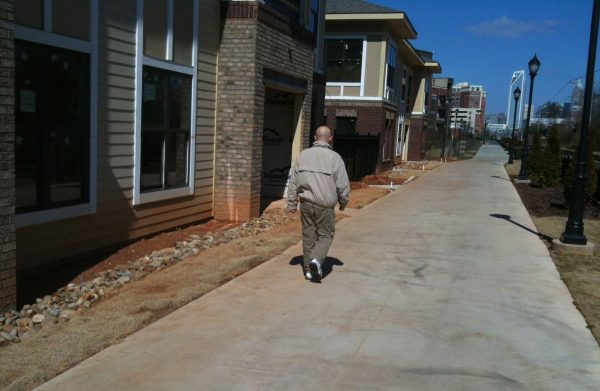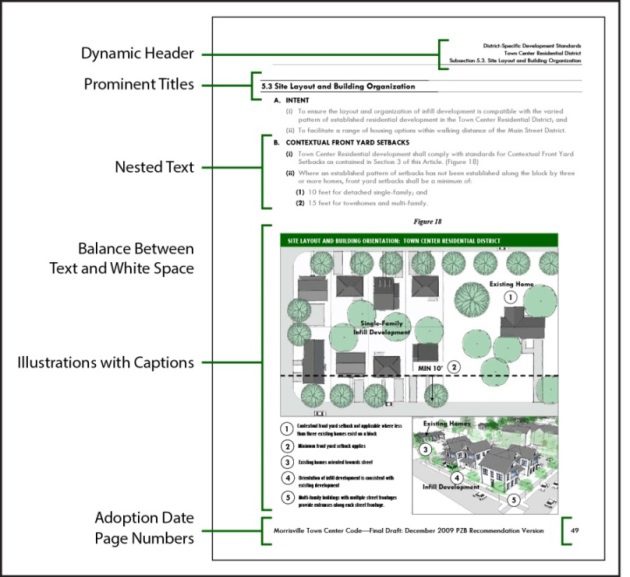Planners envision new zoning ordinance by 2018

Charlotte city planners are moving forward with a plan to look – in stages – at revising the city-county zoning ordinance, hoping to finish that multiyear process by 2018.
A city-hired consultant last July reported that the ordinance, adopted 22 years ago, too often works against the goals of the city’s adopted plans. Plus, said Clarion Associates, the ordinance is convoluted and difficult to understand, and lacks a number of newer zoning tools other cities are using.
Learn more about zoning revamp processClick here for Feb. 3 presentation to the Charlotte-Mecklenburg Planning Commission. Related articles: |
The revision process for the zoning ordinance would take four years under the timeline proposed at Monday’s work session of the Charlotte-Mecklenburg Planning Commission, a 14-member appointed body that makes recommendations to the City Council on planning and zoning issues.
According to planning coordinator Alan Goodwin’s briefing, a number of questions remain to be discussed, including:
- Should Charlotte work toward a Unified Development Ordinance?
- How could form-based zoning fit into Charlotte’s zoning ordinance?
A Unified Development Ordinance, or UDO, would compile in one place the multiple ordinances that now regulate development in the city. Examples of some of the ordinances that come into play when property is developed: the zoning ordinance, the subdivision ordinance, the floodplain ordinance, the tree ordinance and driveway regulations.
A UDO is a way to avoid repetition and conflicting language among different ordinances, Goodwin said. “It seems like a no-brainer to me, but maybe it isn’t,” he told the commission. Charlotte planners want to study what other cities’ experiences have been. Raleigh, for instance, adopted a UDO in February 2013. It also adopted a new comprehensive plan in 2009.
Whether to use more form-based zoning is another question for the city. It’s a way to tailor a zoning ordinance so that single-use zoning is deemphasized, with more attention to how buildings address their surroundings. Form-based zoning codes emphasize walkability, high-quality design and building upon the existing character of an area, Goodwin said.  Many cities are adopting some variant of form-based codes; Raleigh’s new zoning code, for instance, is a hybrid of form-based and more conventional zoning, depending on the part of town.
Many cities are adopting some variant of form-based codes; Raleigh’s new zoning code, for instance, is a hybrid of form-based and more conventional zoning, depending on the part of town.
The last major revision of the city-county zoning ordinance was adopted in 1992, after a contentious process that lasted at least six years. This time, Planning Director Debra Campbell has laid out what she called a tactical approach: “I know a lot of us are chomping at the bit … but we’re going to be steady and methodical and tactical.”
This year, Goodwin said, planners will concentrate on updating the standards in the city’s Transit Oriented Development (TOD) zoning and its Transit Supportive (TS) overlay districts. The aim, he said, is to ensure that the zoning standards produce the kind of development envisioned in the city’s adopted transit station area plans.
During 2014 planners will also consider whether to work toward developing a UDO and will look at whether form-based codes and regulating plans can fit into Charlotte’s zoning ordinance. Years 2015-17 will be spent developing the approach the revised ordinance would take, proposing the new ordinance, making revisions and implementing it.
As Goodwin told the planning commissioners, “2018 seems like a long way down the road – unless you’re the people who have to do this.”